Book Printing: 9 Advantages of Perfect Binding
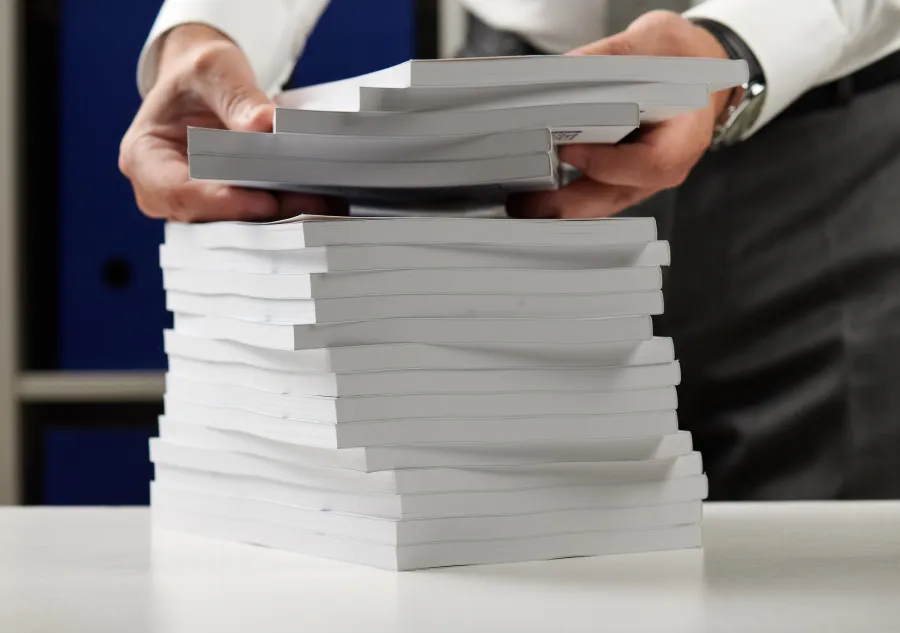
estimated reading time: 3 minutes
What is Perfect Binding?
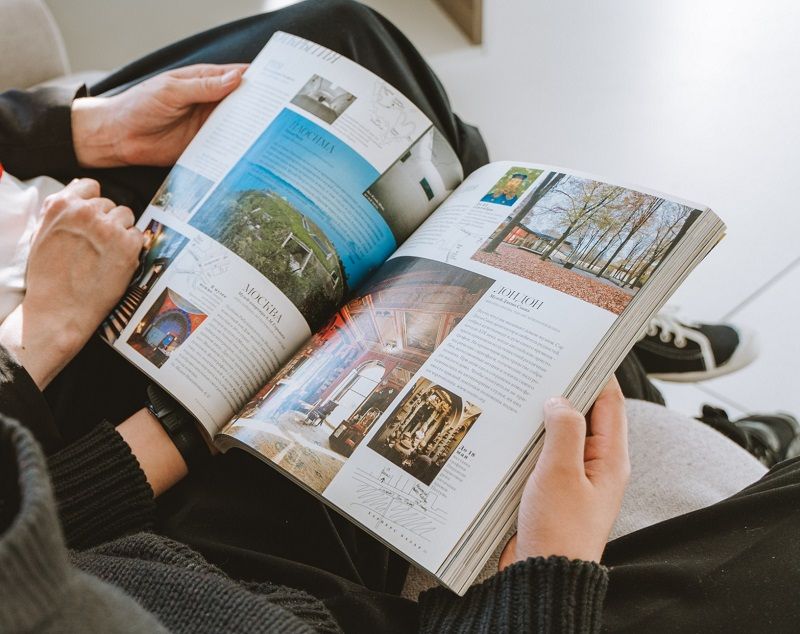
Perfect Binding is an extremely popular softcover bookbinding
method that uses a strong glue to join the book's cover and pages together at
the spine.
The perfect binding process starts by collated the book's printed
pages into a crisp block. Hot melt glue is then applied to the spinal edge of
this page block and a printed cover is wrapped tightly over it. After the glue cures, the book is neatly trimmed
to create crisp corners and clean "perfect" edges.
What are the Advantages of Perfect Binding?
2. Available in any run size - perfect bound books can be
produced in short, medium, or long production runs. Whether you need 100, 1000,
or 10,000 books, perfect binding will be a readily available option.
3. Produces a flat spine - perfect binding is the only
softcover binding method that produces a flat spine. In most cases, the flat
spine is wide enough to accommodate printed text, such as the book's title,
author name, volume number, or other important information. This allows the book to be
easily identified whether lying flat in a stack or standing upright on a shelf.
4. Works with most page counts - perfect binding works well for
books ranging in thickness from .125" to several inches. This means the perfect
binding process will accommodate the majority of book projects, with very thin
books being the only exception.
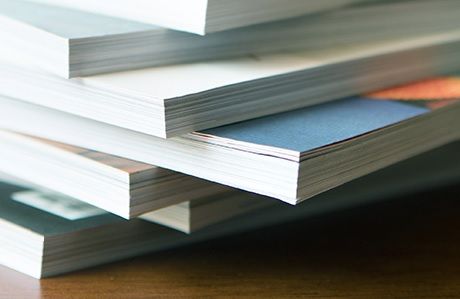
5. Economically priced - perfect binding yields a professionally
bound book for a fraction of the cost of hardcover binding. A perfect bound
book is also lighter in weight than a comparable hardcover book, which helps
save money on shipping costs.
6. Suitable for a variety of applications - perfect binding
works well for virtually all types of printed book projects, including manuals,
handbooks, novels, directories, and journals.
The perfect binding method is also great for thicker comic books, magazines,
and catalogs.
7. Lies perfectly flat for stacking - because the perfect
binding method creates books with a uniform thickness, these books stack
perfectly on a desk, table, or shelf. Unlike some other softcover binding
styles, there is no asymmetry in a stack of perfect bound books.
8. Durable and long lasting - the glued spine of a perfect bound book
remains firm and resilient, so the books hold up well during handling and
transit. The cover can also have an optional clear coat or laminate applied to
help resist scuffs, moisture, and stains.
9. Can be made with mixed page stocks - perfect bound books can
be made using a mixture of different paper stocks for the pages. For example,
pages with images could be printed on a gloss-coated stock while the text pages
are printed on an uncoated stock. Or, a section of the pages could be printed
on a colored stock to differentiate it from the other pages.
If you have an upcoming need for Perfect Bound
book printing, give Color Vision a call at 800-543-6299. Or, if you already
know your specifications and would like us to email a quote to you, please use our simple Quote Request form.
By the way, Color Vision uses Polyurethane Reactive (PUR) glue on
all perfect bound book projects. PUR is
a superior adhesive offering exceptional strength and flexibility, so we use it
exclusively.
We look forward to assisting with your next book project!
Related Articles

Printing Booklets: 5 Popular Types of Binding for Booklets
Read This Article
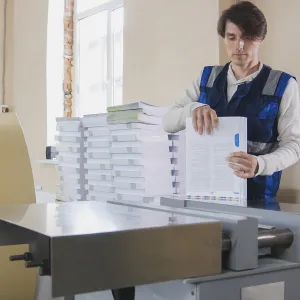
Short Run Book Printing: The Gateway to Self-Publishing
Read This Article
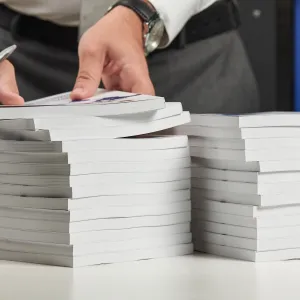
Perfect Bound Books: Exploring the Perfect Binding Process
Read This Article
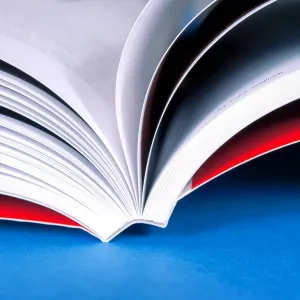
Custom Book Printing: What is PUR Binding?
Read This Article